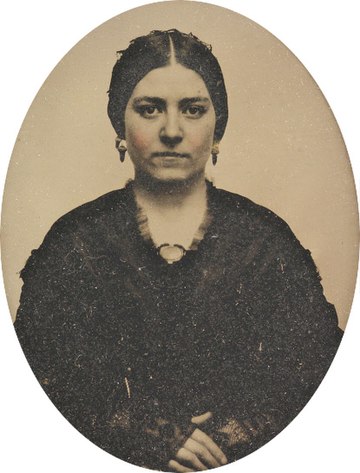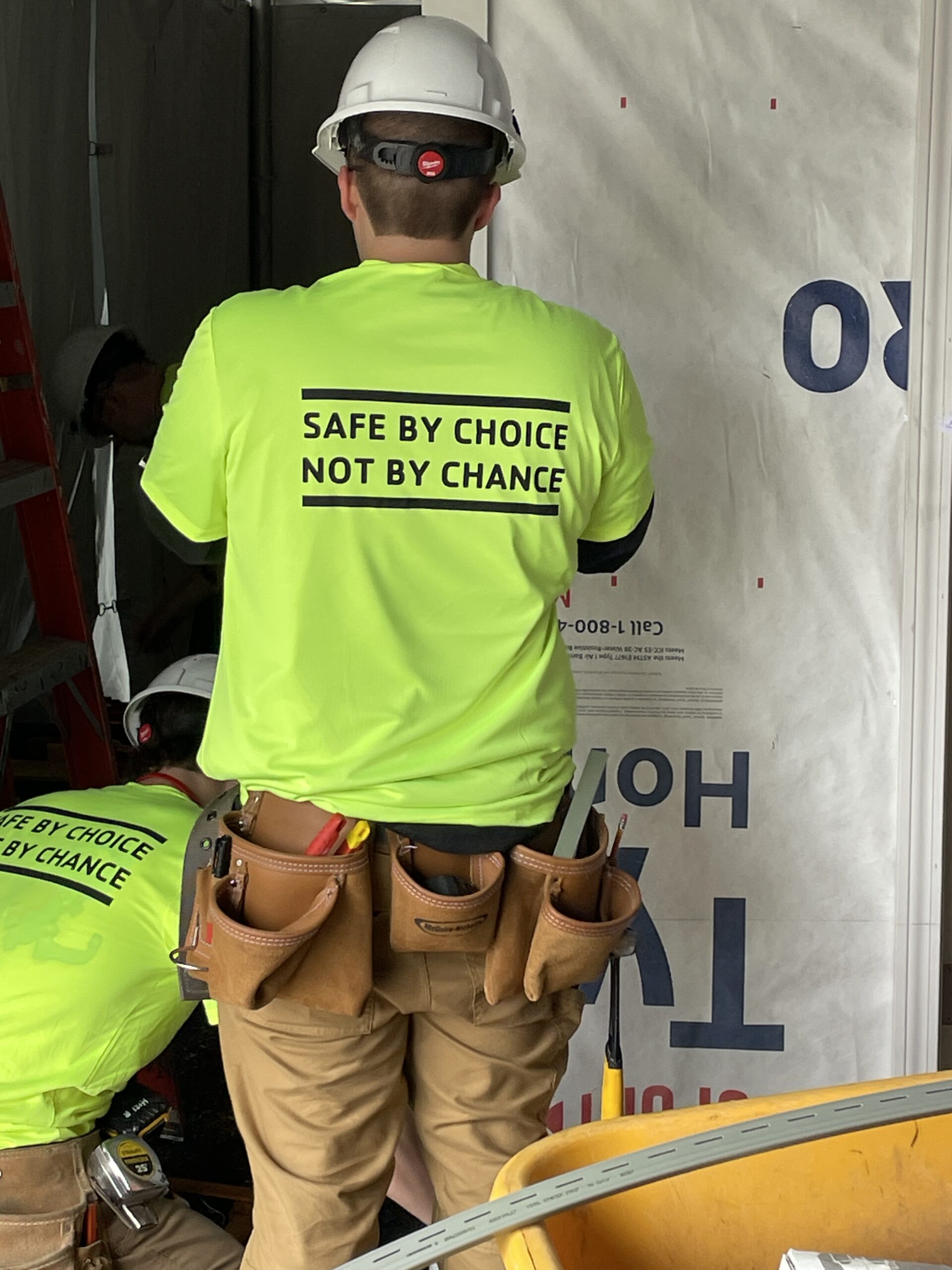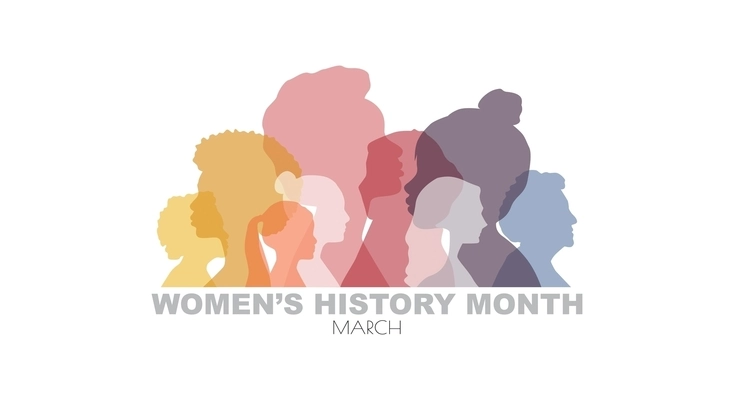December 2023
At this time of year, we are inundated with lists. The top 10, 20, even 100 books of 2023. Streaming shows you can’t miss. Gifts your tween will love. The year’s most stylish people. To keep from feeling overwhelmed, I tune out most lists. Also, I tend to favor things that are not the latest or most stylish. Despite my aversion to end-of-the-year lists, I have one for you.
Nothing on this list is currently popular. Every item is old, either newly discovered or rediscovered in 2023. It all began with my desire to know more about film history. From there it morphed into a year-long project of watching old movies. Andrew agreed to go along with my suggestion, even if he had to defer the latest episodes of Slow Horses. To start, I compiled a list and arranged it chronologically, hoping we could spot influences and trends as the decades went by. I thought of it as looking at Greek and Roman statues in order to appreciate Michelangelo’s.
Very quickly, the chronological approach broke down. Most of the movies were on discs from Netflix. (You remember those red envelopes, don’t you, the ones Netflix stopped sending at the end of September?) Sometimes we had to wait for a movie to be available, and sometimes the person responsible for ordering went rogue. But no matter. We can appreciate Michelangelo, even Anish Kapoor, without having studied ancient art.
We started with Metropolis, Fritz Lang’s 1927 masterpiece. It’s a visually stunning, silent, and dystopian look at the future of industrialization and class inequality. The sets and the crowd scenes nearly broke the studio, but they have proven to be an investment for the ages, and thoroughly modern in their impact.

A decade later, Charlie Chaplin took on the same themes in Modern Times (1936). The movie has that unforgettable scene where Chaplin is squeezed between the wheels of a factory machine. Later, after escaping the clutches of industrialization, he is about to perform a song-and-dance routine at a café when he loses the lyrics. Forced to extemporize, he creates his own gibberish lyrics while dancing as only Chaplin can. This comically brilliant scene begins with his girlfriend (Paulette Goddard) giving the deceptively philosophical command: “Sing!! Never mind the words.”
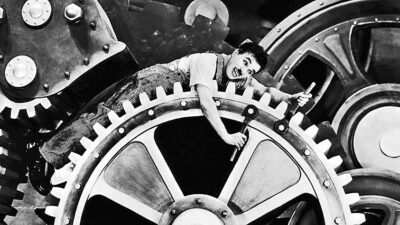
Another Fritz Lang film, M (1931), is early noir. It stars Peter Lorre, one of my favorite bad guys, except we don’t see much of him. Mostly he hides, waiting to pounce on a young child who will never again be seen alive. It’s one of the last films Lang made in Germany before escaping from the emerging Nazi regime.
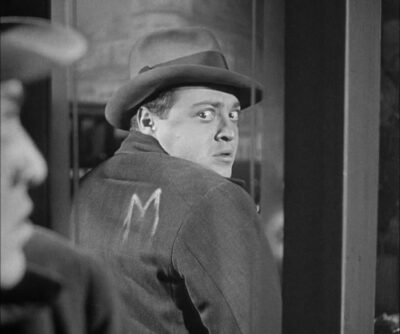
Dishonored (1931) was made in the same time period but set during World War I. Marlene Dietrich plays a street walker turned spy who works on behalf of the crumbling Austro-Hungarian empire. Not many others can do so much with so little. A raised eyebrow or a flicked wrist is all it takes Dietrich to get her message across. Even without the twists of a plot with geopolitical ramifications, her film persona captivates.

For a post-war noir film, The Third Man (1949) tops the list. It’s set in Vienna which, in the late 1940s and 50s, was flooded with schemers, spies and refugees. It’s the perfect setting for a film about deception and betrayal. (Andrew lived in Vienna with his family then, and he confirms that it’s spot on.) We follow a young Orson Welles into Vienna’s underground sewers and ride with him and Joseph Cotton on the Wiener Riesenrad. (I have ridden it too, though not with Welles.) Once you’ve heard the zither soundtrack, you won’t forget it.
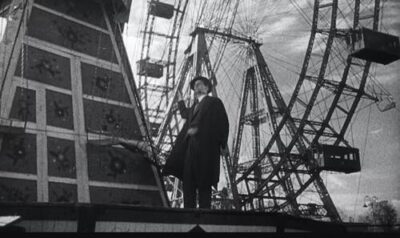
Bicycle Thieves (1948), set in Rome, is another great post-war film. The Italian economy is devastated, work is hard to find, and riding a bicycle is the only way the lead character can get to a job, if he is lucky enough to find one. When his bicycle is stolen, he and his son must decide whether to obtain one the same way they lost theirs.

In Rififi (1955), Paris has recovered from war-time occupation, and crime goes on. Four men merge their talents to perform a heist at a high-end jewelry store in the city center. It’s not a silent movie, but for 30 minutes during the break-in we hold our breath, watching them crack open the safe, communicating only with eyes and subtle gestures. Jules Dessan (married to Melina Mercouri) made the movie in France after being a victim of the Hollywood blacklist. Charlie Chaplin, by the way, was another victim of the McCarthy era, eventually denied entry into the United States.

From the same time period, but very different, is The 400 Blows (1959). An adolescent boy with trouble at home and in school is the lead, and you want to hug him. (At least this mother did.) Based on his own life experiences, it was a breakout film for François Truffaut and helped define the French New Wave.

In 1966, Antonioni made Blow-Up. I added it to this list not because it was one of the best movies we saw, but because it made me remember myself in the 60s. My most vivid memory of the movie is Verushka writhing on the floor as David Hemmings shoots her photo. Very mod, very swinging London, and catnip to a teenage girl in suburban Boston. In reality, the scene with Verushka is a small part of the movie. But isn’t that the way it goes? We watch a movie or read a book first encountered decades ago and remember the person we once were.

Seeing Apocalypse Now (1979) was also about rediscovering a former self although this time I found it even more brilliant than before. Not only have I matured since I first saw it, but new events have occurred. For one thing, I read Joseph Conrad’s Heart of Darkness before watching which put me in the (dark) spirit of the piece. Also, several years ago Andrew and I spent almost two months in Vietnam. We taught at a university in Ho Chi Minh City on a Fulbright grant and then traveled around the country. Mingling with students, academics and business operators and learning more about Vietnam’s history allowed me to better appreciate the film’s richness.
The version we saw, recently released, has 30 minutes of footage that was previously edited out. Some of the scenes take place on a French plantation in Cambodia. They add to the film’s depiction of the French colonial enterprise in Southeast Asia. But mostly the movie is about American missteps and atrocities. Those facts got a lot of coverage during our teenage years and, for Andrew, led to his being drafted. We were also familiar with the movie’s cultural touchpoints, like Purple Haze, Charles Manson and the unforgettable opening scene as Martin Sheen sweats in bed and The Doors sing This Is the End. Often horrifying, Apocalypse Now is one of the best movies we watched, not only this year but ever. If The Godfather hadn’t already done so, it would have elevated Francis Ford Coppola to the pantheon of the very best directors.

We watched scores of other old movies. Some were really good, others had completely lost their luster, like Breathless and La Dolce Vita. The ones I mention here are those that really stuck with me, a very personal take. You probably have your own favorites. Please let me know what they are. We’re mostly back to watching contemporary movies but will be happy to pause and take in a good old classic.
All best wishes for the holidays.


